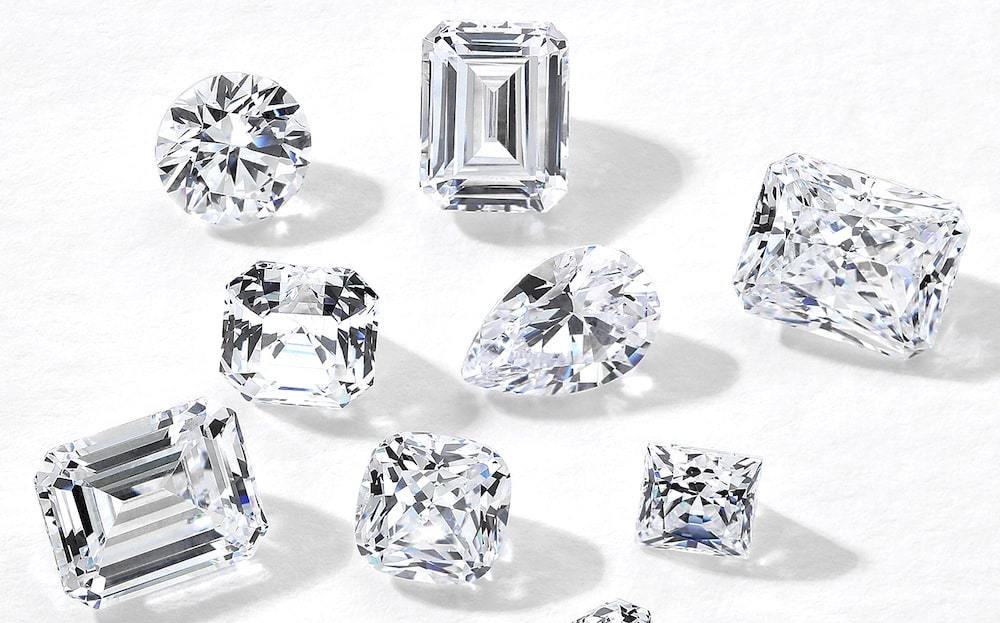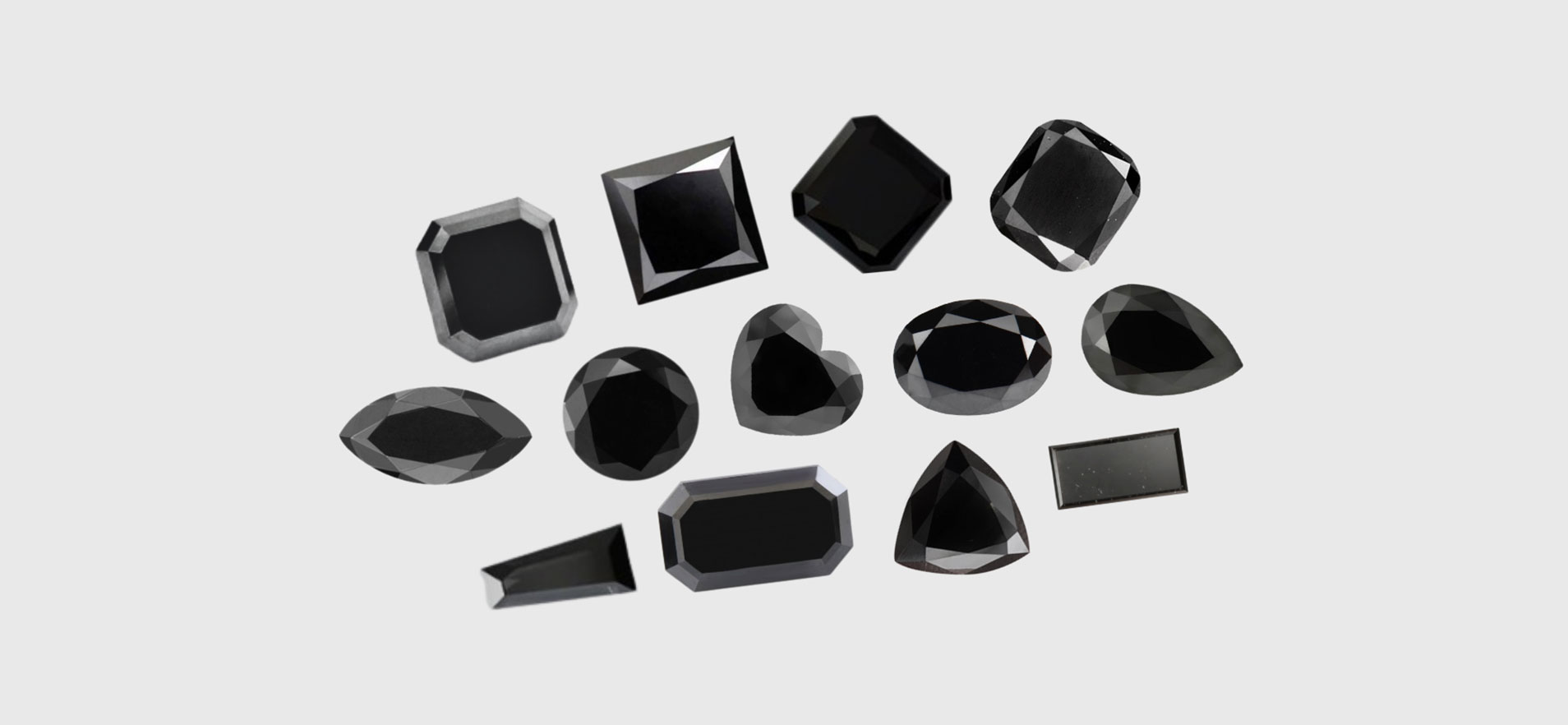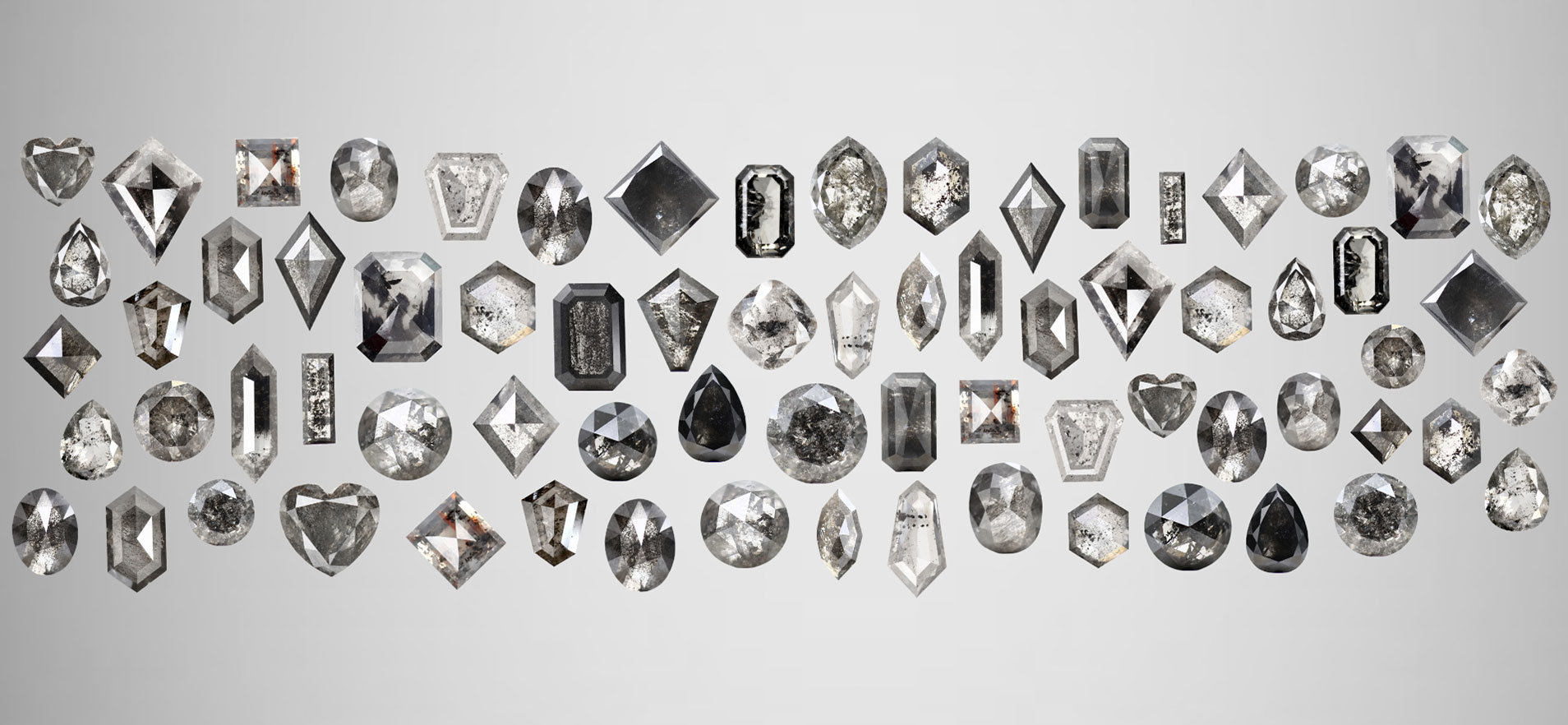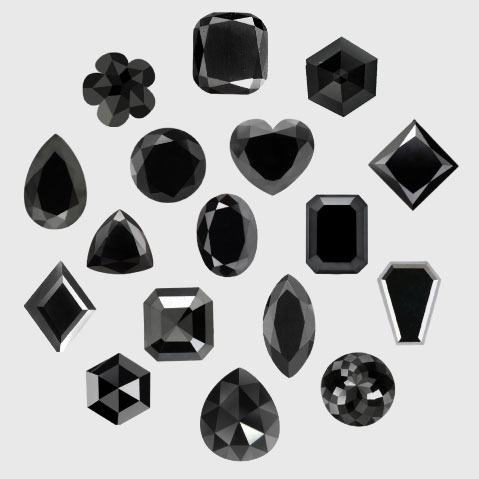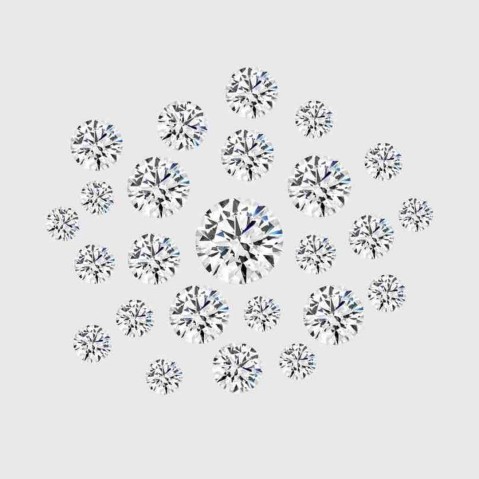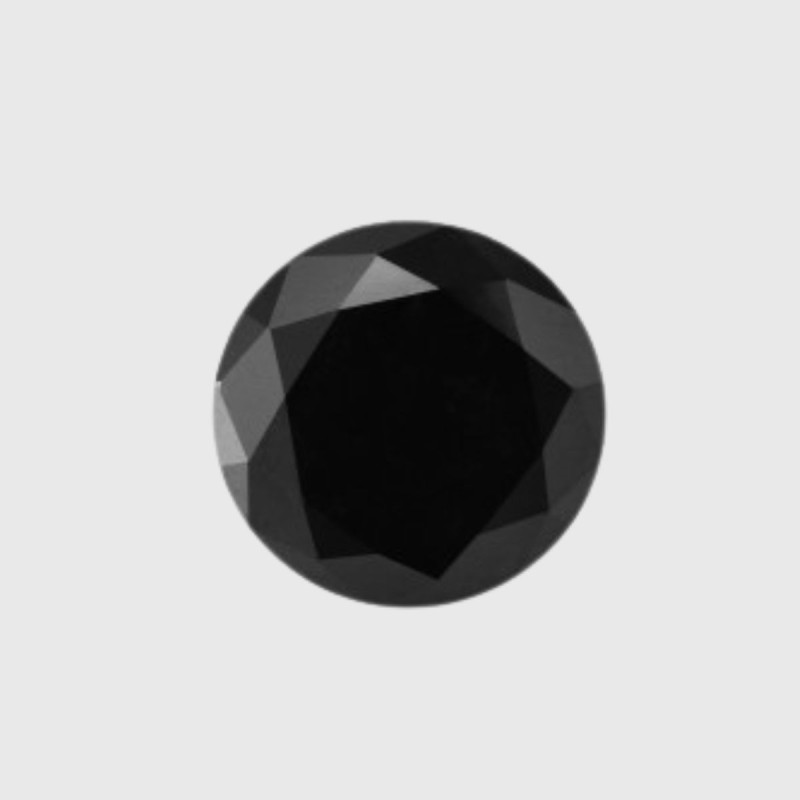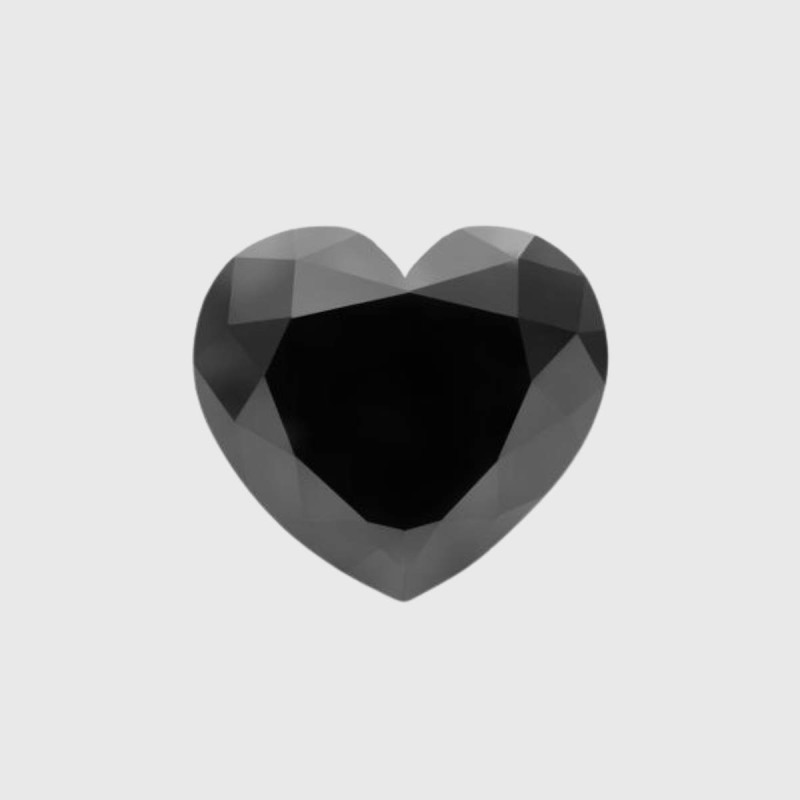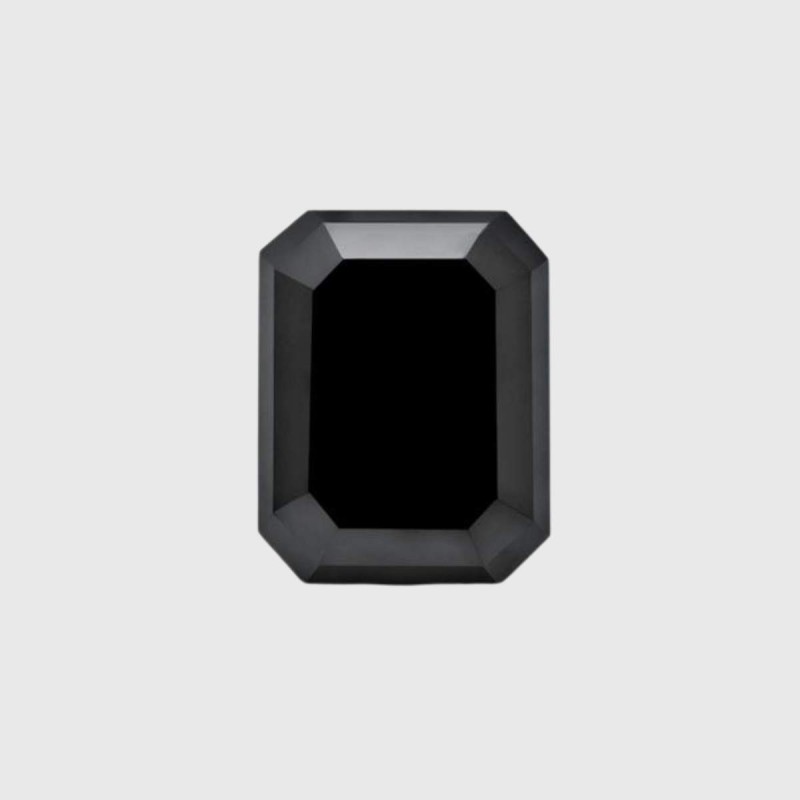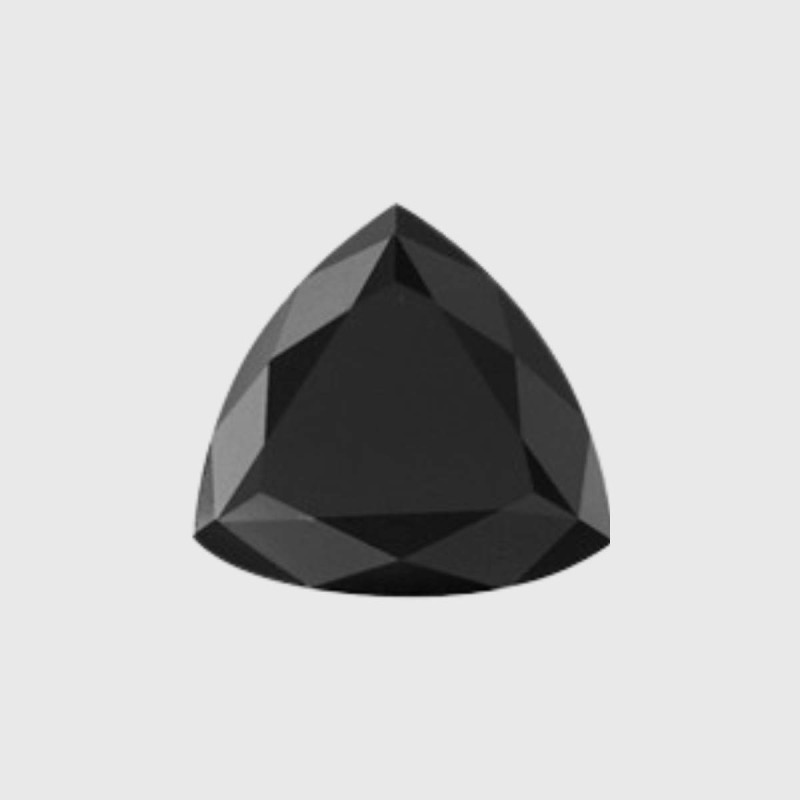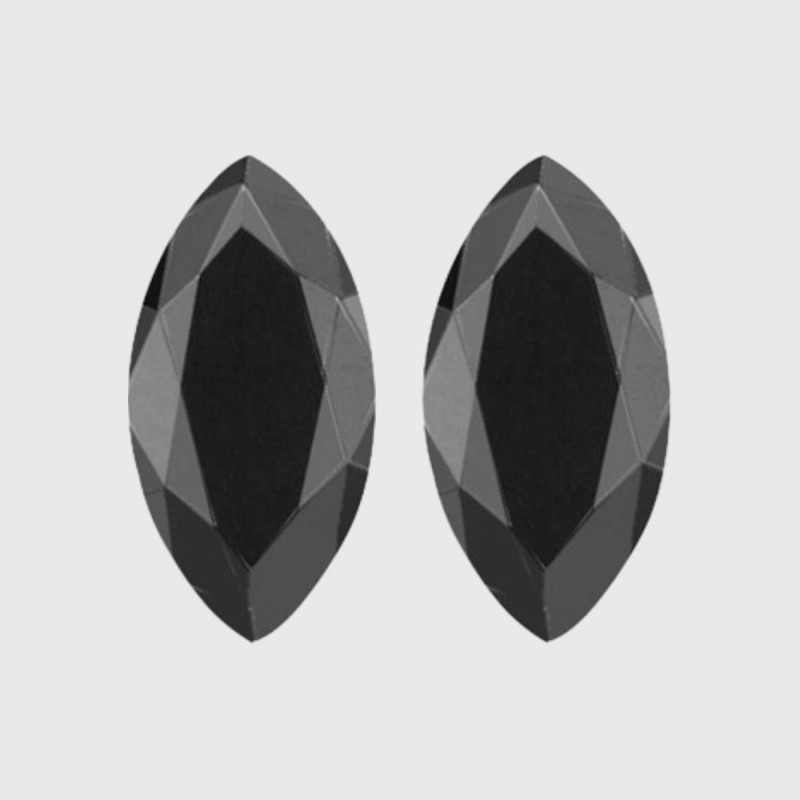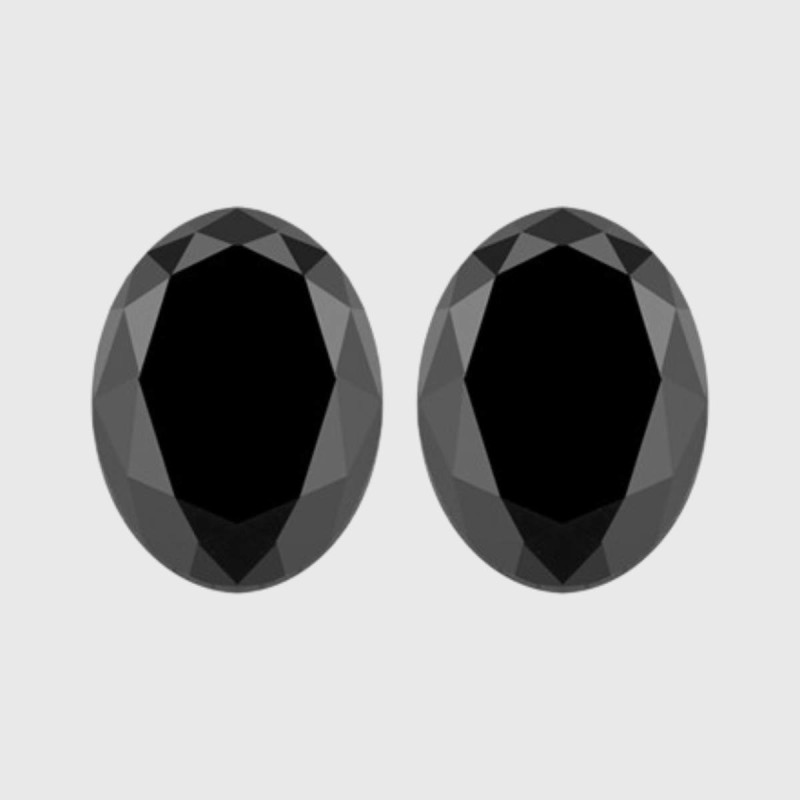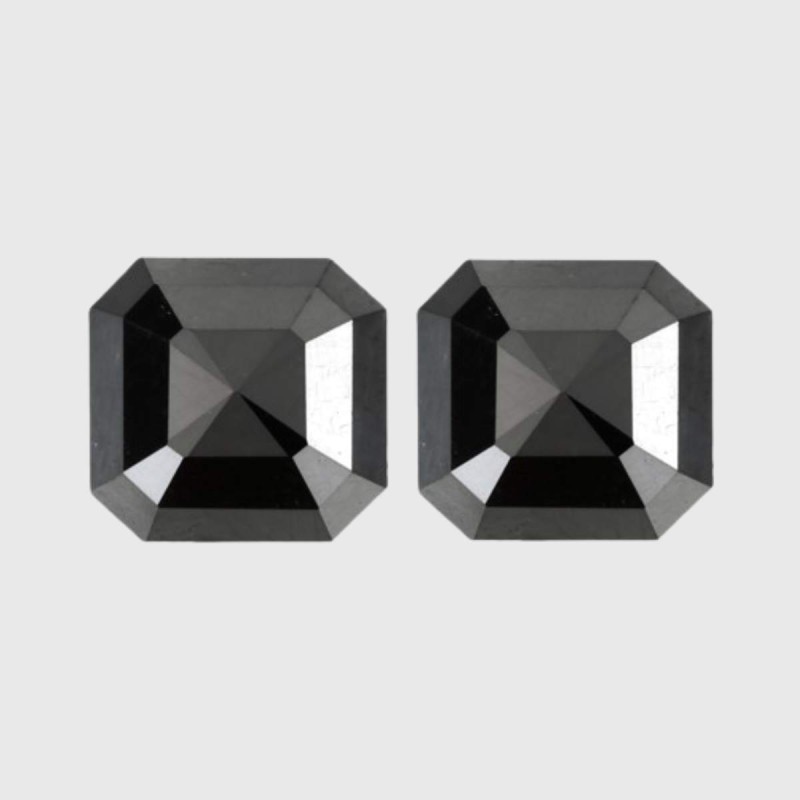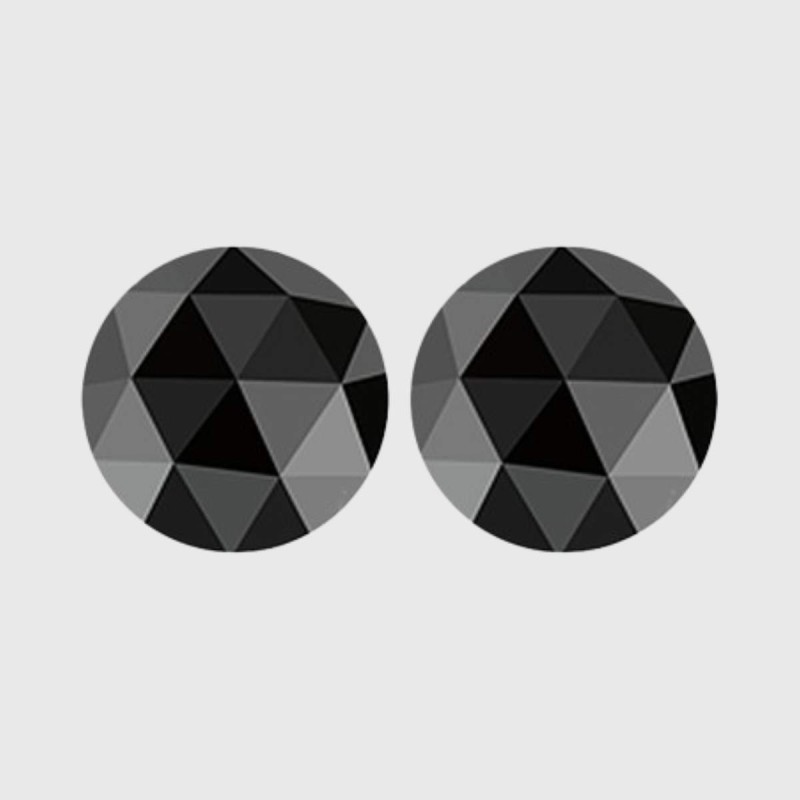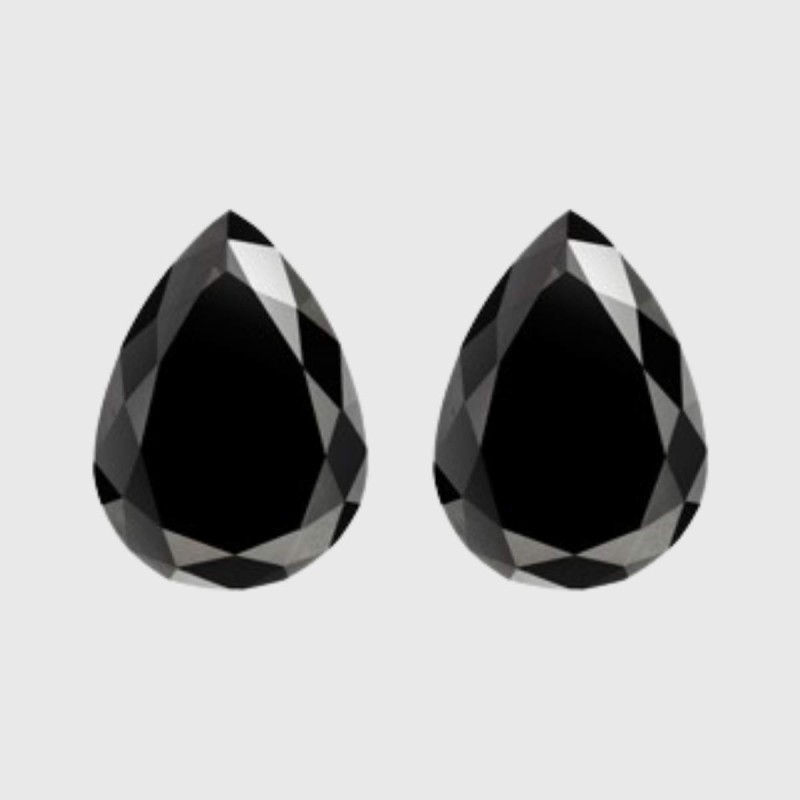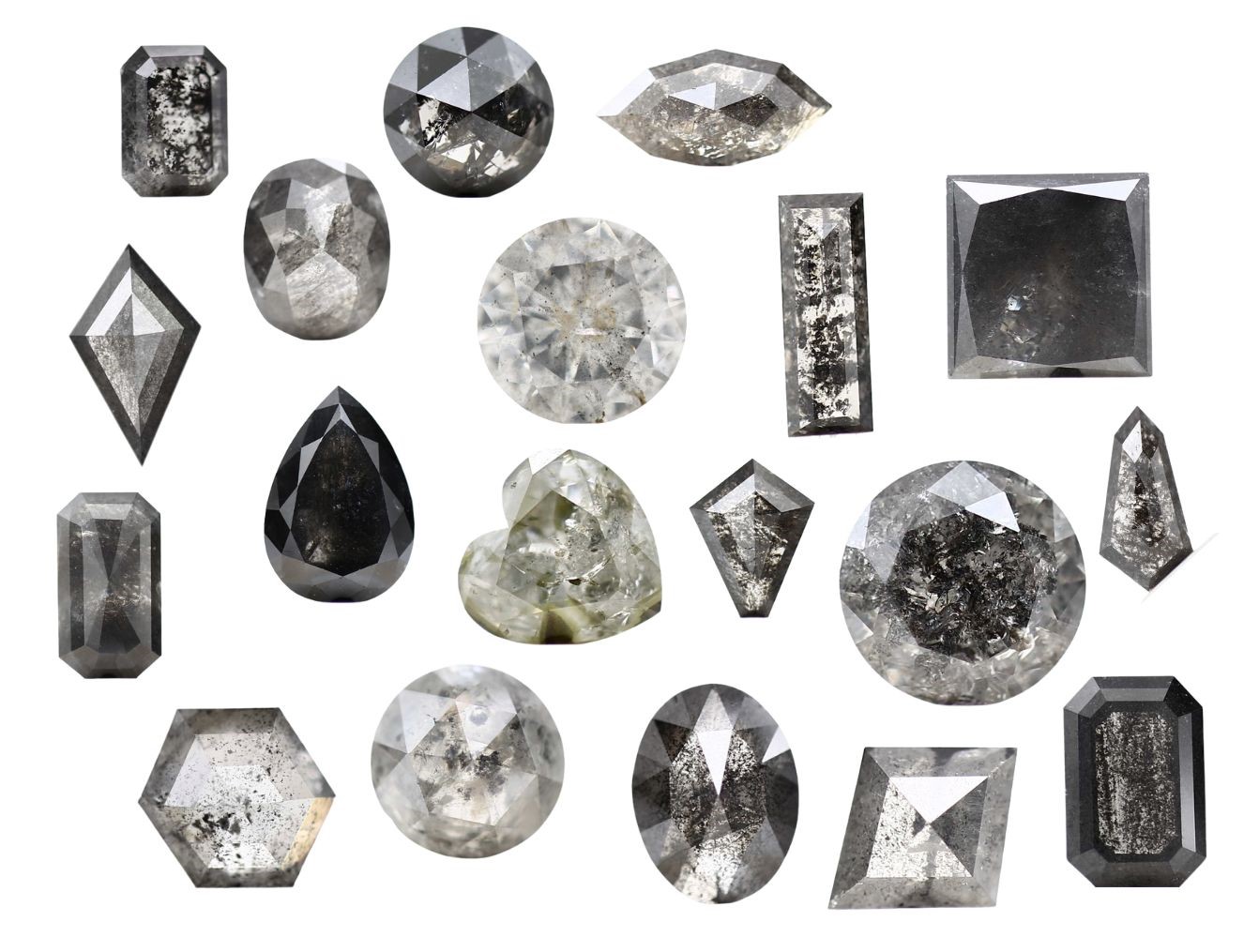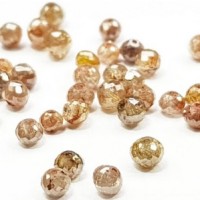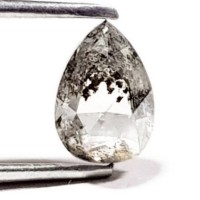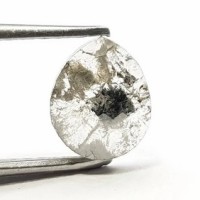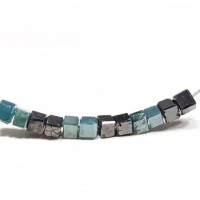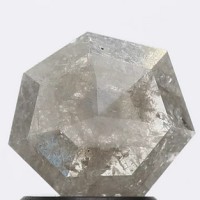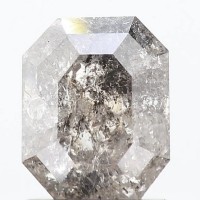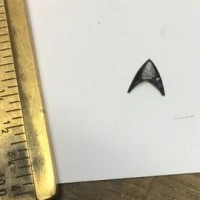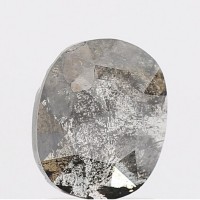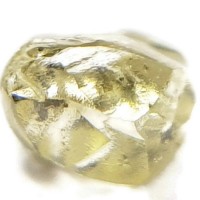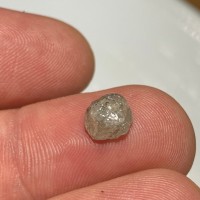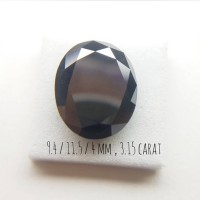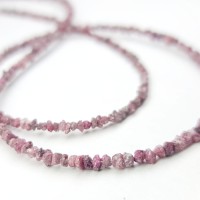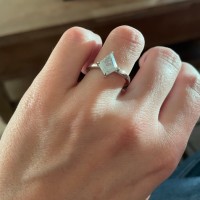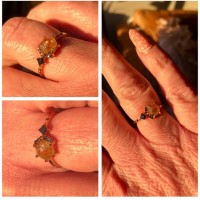Buy Canadian Origin Salt and Pepper diamonds in all fancy shapes and sizes at affordable prices we have a wide selection & custom shapes for your unique one-of-a-kind jewelry design
Specialised Process one of a kind in the universe!
First of all non-black color is changed into black via inclusions or by color treatments. Most of the black diamonds become more dark or green, so it becomes non-transparent. It just not becomes black by inclusions or any treatments.
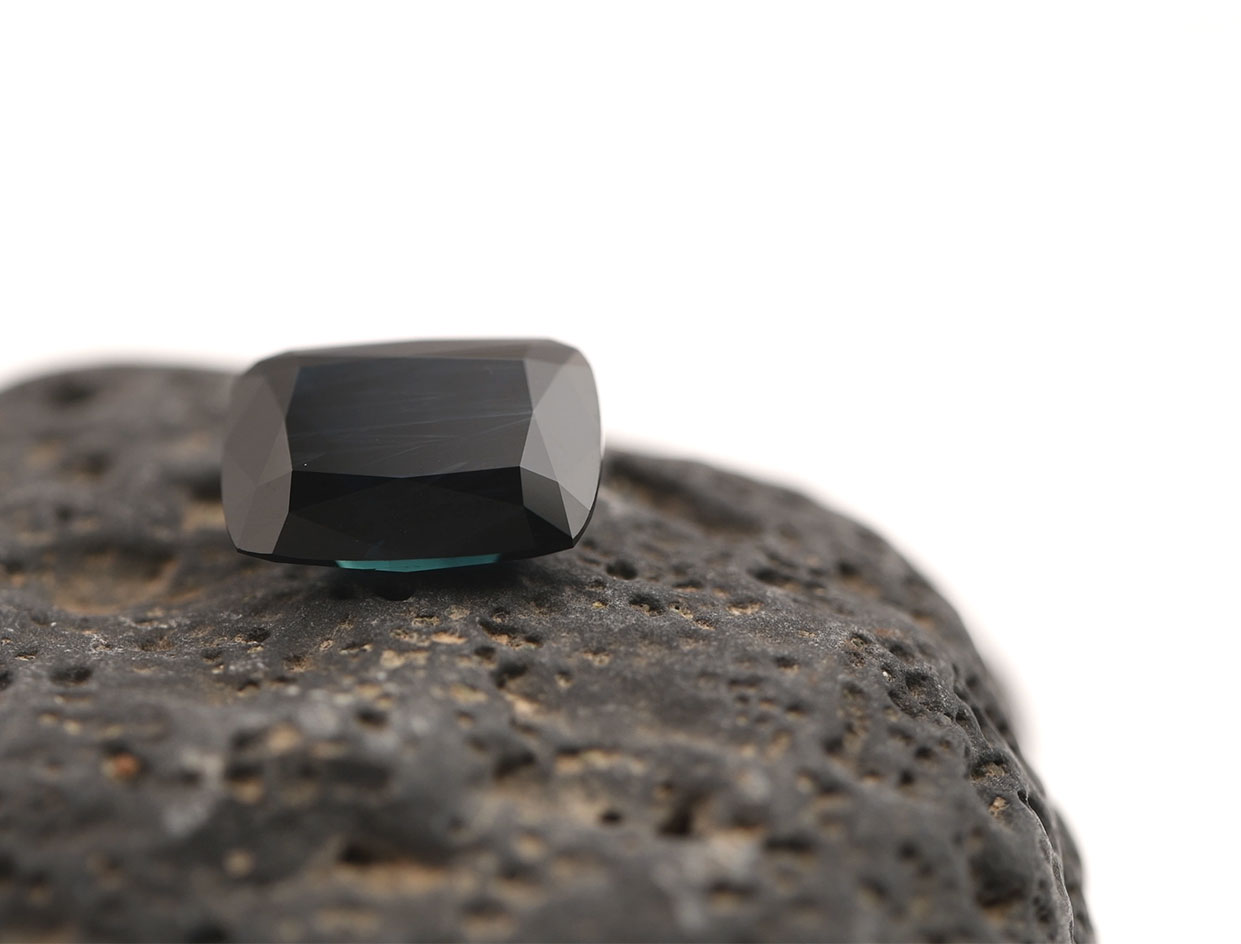
How much is mined diamonds worth?
The typical cost of a mined diamond is roughly $2500–$3000 for a 1-carat brilliant round cut. We considered this form of the diamond since it is the most popular on the market. However, the true value of a mined diamond is determined by the 4Cs: Carat, Colour, Cut, and Clarity. The mined diamonds are valued higher due to long-standing customs.
Is Natural diamond better than lab?
Natural diamonds are inferior to lab-grown diamonds. No scientific proof exists that natural diamonds are superior to lab-grown diamonds. This is simple. The only difference is the cut. A laboratory duplicates the conditions found deep within the earth to manufacture a pure diamond. A new generation values sustainability and environmental responsibility and prefers lab-grown diamonds.
How can you test a diamond if a diamond is real?
To test a diamond, use a diamond tester, fogger, or magnifying lens. Buying a diamond is an expensive and emotional decision. So it's only natural to check its legitimacy. And since almost everyone thinks about it, it can be verified without expertise. We need to be ready to spot a fake diamond because there are so many.
Place a diamond in front of you and blow on it. A real diamond won't fog up easily since the fog doesn't cling to the diamond's surface.
A magnifying glass can identify a diamond. Examine the diamond using the magnifying glass.
Use a diamond tester to spot a fake: You can either buy a diamond tester or have a reputable jeweller use one.
Do fake diamonds float?
Fake diamonds versus real diamonds Lab-made stones like YAG (yttrium aluminium garnet), CZ (synthetic cubic zirconia), and others are strikingly comparable to real diamonds. This makes you wonder how you can tell the real ones from the fakes without an expert's help. One way to detect if a diamond is real is if it floats. Fill a glass with water and drop your favourite possession into it to test its authenticity. A diamond that floats is a fake, as true diamonds never do. Diamonds are much denser than water, and denser things sink. So a fake diamond floats while a real diamond drowns.
How do you tell if a diamond is real with a flashlight?
If a spotlight shines on the diamond, it shows a spectrum of seven colours.
In some situations, a flashlight can save your life, but in this case, it can assist you in evaluating whether your diamond is real or not. How do you ask? It's simple; just hold the flashlight in front of the diamond and watch the light pass through it. If the white light disperses into a rainbow, the diamond is real and you need not be concerned. The reason is that a real diamond has a larger refractive index, which makes spectrum beams reflect.
Are diamond conflicts-free?
Man-made and natural diamonds are the two types—grown in nature and mined by people.
Since less physical effort and more high-tech machinery are involved, there is a very limited likelihood of conflict.
But natural diamonds are full of conflicts, from human exploitation to blood wars, child abuse, and even murder. While companies may claim to be free of conflicts, most are not. The term "bleeding diamonds" is frequently used to describe natural diamonds. A conflict-free natural diamond is not easy to come by.
We recommend lab-grown diamonds if you want non-conflict diamonds at a reasonable price. Most lab-grown diamonds look like mined diamonds.
Are Black Diamonds Blood Diamonds?
Blood Diamonds are linked to blood, violence, assault, murder, and unethical behavior. Black diamonds are plentiful. The addition of minerals or treatment of natural diamonds to make them "grey" can produce black. Blood diamonds are either naturally dark or have been mined and processed to be dark.
Lab-grown diamonds may readily achieve the "black color effect". Due to their origin, black diamonds are neither blood nor non-blood. Blood Diamonds are like real diamonds. So natural diamonds are probably blood diamonds or immoral diamonds. The less manual labour required to manufacture black diamonds in a lab, the less probable they are to be blood diamonds.
What color is the rarest diamond?
The rarest color diamond is currently worth a whopping 8 million USD for 5.11 carats. Yes, this diamond color is so rare that only 20-30 pieces of this color exist. Can you guess the color of this rarest diamond? It is crimson red. Yes, this diamond gets its color from a rare phenomenon while forming its structure allowing light to pass through it. Few other rare colors occurring in natural diamonds are blue, pink, and yellow.
How Natural diamonds are formed?
Diamonds are formed when high temperatures and pressures are applied to deep-sea carbon deposits (about 90 to 125 miles below the surface). The formation time of stones varies from days to years. Trace elements reacting during diamond creation produce colored diamonds. Also, it's hard to know, but geologists can determine a diamond's age by looking at the minerals it contains.
But most natural diamonds are millions, if not billions, of years old. It's fascinating that diamond growth isn't always linear. A change in temperature or pressure can cause a rough diamond to fail. The gemstone may have to wait hundreds or even millions of years for the correct conditions to grow.
Are natural diamonds ethical?
The term "ethical diamond" was made up to help people find diamonds that were mined in a way that didn't hurt workers or the environment.
Ethical diamonds are those that come from mines with safe working conditions, fair remuneration, and eco-friendly procedures.


